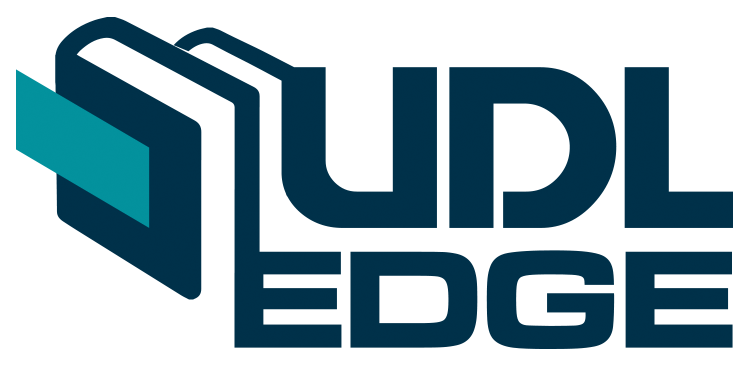An investigation on the instructional practices followed by teachers on children with reading difficulties in primary classes
Keywords:
Instructional Practices, Primary teachers, Children with Reading DifficultiesAbstract
Reading is the most important skill in an individuals' life, which enriches the skills and abilities to develop and plays a crucial role in academic achievements. This study was to investigate the instructional practices of school settings on identification and reading instructions on children with reading difficulties (CRD) in primary classes. A survey research method was carried out in Zonal Education in Puttalam district, 70 primary teachers and 20 principals participated in this study, an open-ended questionnaire, formal interview, and classroom observations were carried out for data collection. Descriptive Statistical methods were used to analyze the quantitative data with the SPSS Ver. 20 software and content analysis method were used to analyze the qualitative data. The results show that the identification of children with reading difficulties was carried out by 71.4% of schools by reading exams or observations. However, there is no valid instrument nor criteria used to identify the children with reading difficulties. The class size is significantly related to the number of students with reading difficulties. 94% of the teachers facilitate the reading and teach the students to read for 1-2 periods per week at the beginning of the year and later they carry out usual classroom teaching as usual. Moreover, these study findings conclude the identification and instructional practices of CRD are low in the Puttalam district, and principals of study do not know what is going on in the classroom, no school-level plans are executed for the literacy or reading developments.
References
Newman, D. B. (2021). Reading. In: Volkmar F.R. (eds) Encyclopaedia of Autism Spectrum Disorders. Springer, Cham. New York. https://doi.org/10.1007/978-3-319-91280-6_1119
Smith, F. (2012). Understanding Reading. Taylor & Francis. New York.
Kirchner, E., & Mostert, M. L. (2017). Aspects of the reading motivation and reading activity of Namibian primary school readers. Cogent Education, 4(1), 1411036. https://doi.org/10.1080/2331186x.2017.1411036
Miller, J. F. (2018). Do You Read Me? Learning Difficulties, Dyslexia and the Denial of Meaning. Taylor & Francis. New York.
Woodward, L., & Thoma, J. (2020). Perspectives on literacy coaching: defining roles and expectations. Teacher Development, 25(1), 68–84. https://doi.org/10.1080/13664530.2020.1829693
Van Setten, E. R. H., Hakvoort, B. E., van der Leij, A., Maurits, N. M., & Maassen, B. A. M. (2018). Predictors for grade 6 reading in children at familial risk of dyslexia. Annals of Dyslexia, 68(3), 181–202. https://doi.org/10.1007/s11881-018-0162-1
Kaye, E. L., Lozada, V., & Briggs, C. (2022). Early Identification of and Intervention for Children with and without Dyslexia Characteristics: A Comparison Study. Literacy Research and Instruction, 61(3), 298–313. https://doi.org/10.1080/19388071.2022.2059418
Serrano, F. (2019). The Emotional Profile in Children with Dyslexia and Learning Disabilities. Dyslexia and Traumatic Experiences, 8. Frankfurt et al: Internationaler Verlag der Wissenschaften Peter Lang. GmbH: Frankfurt.
Tansley, A. E. (2022). The beginning of reading. Reading and Remedial Reading, 27–37. Routledge. London. https://doi.org/10.4324/9781003290841-5
Sandyanganie, M. S. V., Jeewandara, K. C., & Perera, H. (2016). Prevalence and correlates of reading and spelling difficulty in 10 year old children in a semi-urban population in Sri Lanka. Sri Lanka Journal of Child Health, 45(3), 193. https://doi.org/10.4038/sljch.v45i3.8143
UNICEF. (2016). Highlights of the study on children with learning disabilities in Sri Lanka. UNICEF.
Indrarathne, B. (2019). Accommodating Learners with Dyslexia in English Language Teaching in Sri Lanka: Teachers’ Knowledge, Attitudes, and Challenges. TESOL Quarterly, 53(3), 630–654. https://doi.org/10.1002/tesq.500
Wildová, R. (2014). Initial Reading Literacy Development in Current Primary School Practice. Procedia - Social and Behavioral Sciences, 159, 334–339. https://doi.org/10.1016/j.sbspro.2014.12.383
Bean, R. M., & Kern, D. (2018). Multiple Roles of Specialized Literacy Professionals: The ILA 2017 Standards. The Reading Teacher, 71(5), 615–621. https://doi.org/10.1002/trtr.1671
Plaatjies, B. (2020). Perceptions of Foundation Phase Teachers on Principals as Literacy Leaders in Selected Primary Schools. International Journal of Learning, Teaching and Educational Research, 19(7), 1–22. https://doi.org/10.26803/ijlter.19.7.1
Published
 Abstract Display: 197
Abstract Display: 197  PDF Downloads: 204
PDF Downloads: 204 













 This work is licensed under a
This work is licensed under a